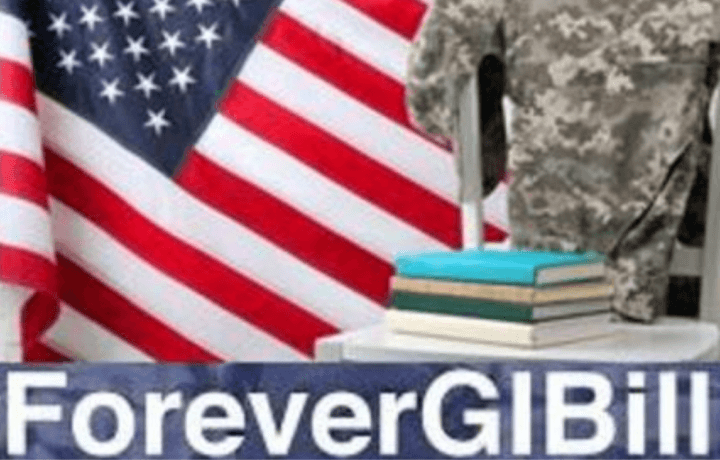The Harry W. Colmery Veterans Educational Assistance Act of 2017, aka the Forever GI Bill, signed into law 32 changes that were to be implemented over several years. To clarify, the Forever GI Bill is not actually a GI Bill at all, but instead is a change document to the Post 9/11 GI Bill. While most of the changes have already been implemented since 2017, two are still left.
Tier Level Change
The amount of Post 9/11 GI Bill coverage (tier level) is determined by the amount of time served in the military. Right now, a minimum coverage of 40% is authorized for service between 90 days and six months. Tier level coverage increases with each additional six months of service with the 100% tier reached with three years of service
At the 40% tier level, the VA will pay 40% of the tuition and fees authorized directly to your school. As a student, you receive 40% of the $1,000 maximum annual book stipend ($400 per year). You also get 40% of the monthly housing allowance authorized, based on your school zip code. However this amount can vary as it depends on if you attend classes on campus or take all classes online.
If you are an attending resident on campus, then you are paid 40% of the authorized amount. However the amount authorized for online-only students is different. The authorized amount at the 100% tier level is only half of the national housing allowance average, which at the time of writing is $916.50. So, fifty percent of the national average figures out to $458.25 per month. Forty percent of $458.25 comes to $183.30 per month.
The August 1 Forever GI Bill tier level change eliminates the 40% tier altogether. Instead, it makes the 50% tier the minimum. Dollar-wise, this increases the amount paid by the VA for tuition and fees by 10%, makes the book stipend up to $500 per year, and increases the monthly housing allowance by an additional 10%.
With the 50% tier covering from 90 days of service up to six months, the 60% tier level will now cover from six months up to 18 months. The rest of the tier levels above 60% remain unchanged.
Yellow Ribbon Program
The tuition and authorized fees are paid in full for 100% tier level students attending a public school. However, the VA will only pay tuition and fees up to $25,162.14 per year for students going to a private school. In most cases, this leaves a difference between what the school charges and what the Post 9/11 GI Bill will pay.
The Yellow Ribbon Program, for schools that choose to participate in the program, can waive up to 50% of this unpaid balance depending on the school’s Yellow Ribbon Agreement with the VA, with the VA paying an equal amount – leaving very little, if any, out of pocket costs to the student.
Since the Post 9/11 GI Bill implementation on August 1, 2009, active duty personnel have been excluded from using the Yellow Ribbon Program. The final change of the Forever GI Bill will change that. On August 1, 2022, active duty personnel will benefit when attending a private school that has a Yellow Ribbon Program.
Each of these final two changes will increase the value of having Post 9/11 GI Bill eligibility. Ultimately, it will benefit students financially who use their eligibility wisely.



